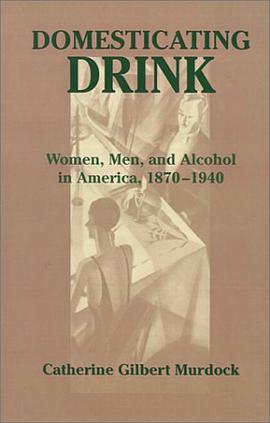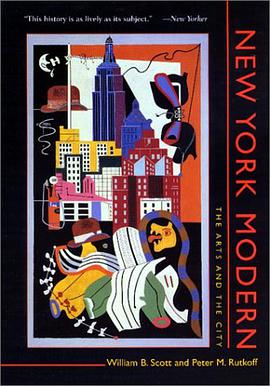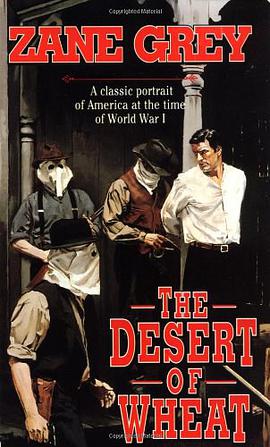

The period of prohibition, from 1919 to 1933, marks the fault line between the cultures of Victorian and modern America. In Domesticating Drink, Murdock argues that the debates surrounding alcohol also marked a divide along gender lines. For much of early American history, men generally did the drinking, and women and children were frequently the victims of alcohol-associated violence and abuse. As a result, women stood at the fore of the temperance and prohibition movements and, as Murdock explains, effectively used the fight against drunkenness as a route toward political empowerment and participation. At the same time, respectable women drank at home, in a pattern of moderation at odds with contemporaneous male alcohol abuse. During the 1920s, with federal prohibition a reality, many women began to assert their hard-won sense of freedom by becoming social drinkers in places other than the home. Murdock's study of how this development took place broadens our understanding of the social and cultural history of alcohol and the various issues that surround it. As alcohol continues to spark debate about behaviors, attitudes, and gender roles, Domesticating Drink provides valuable historical context and important lessons for understanding and responding to the evolving use, and abuse, of drink.
具体描述
读后感
评分
评分
评分
评分
用户评价
相关图书
本站所有内容均为互联网搜索引擎提供的公开搜索信息,本站不存储任何数据与内容,任何内容与数据均与本站无关,如有需要请联系相关搜索引擎包括但不限于百度,google,bing,sogou 等
© 2025 book.wenda123.org All Rights Reserved. 图书目录大全 版权所有




















